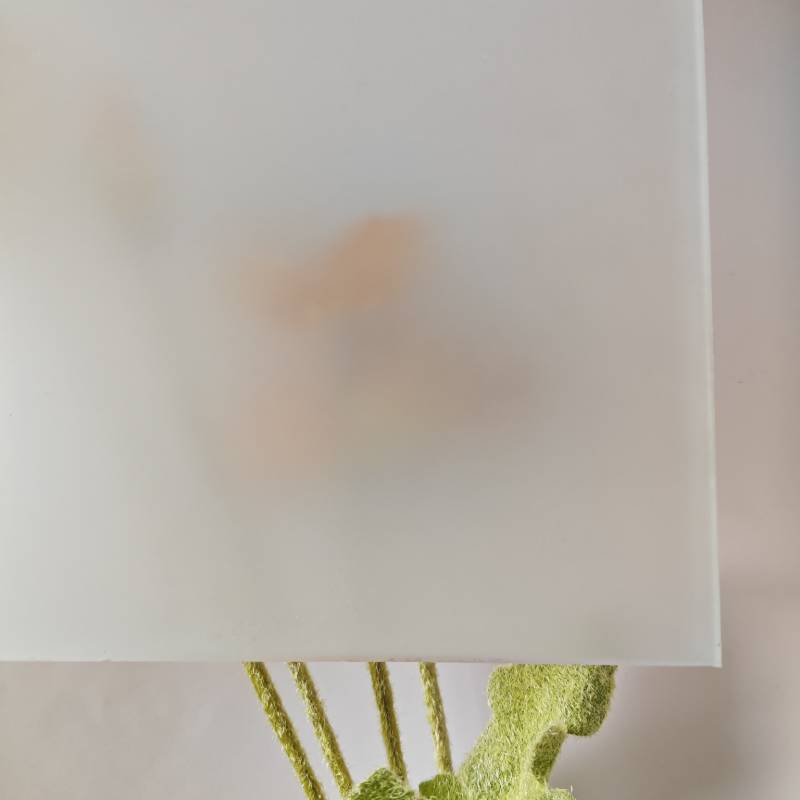

Understanding Insulated Glass Cost Per Square Foot
Insulated glass, often referred to as double or triple glazing, has become a popular choice for both residential and commercial buildings due to its superior thermal performance and energy efficiency. As energy costs continue to rise, many homeowners and builders are looking for ways to enhance the energy efficiency of their properties, making insulated glass an attractive option. However, one of the most pressing questions for many is the cost associated with this type of glass.
The cost of insulated glass per square foot can vary significantly based on several factors. On average, homeowners can expect to pay between $6 and $12 per square foot, but this figure can fluctuate depending on the specific type of insulated glass selected and additional features included. For example, low-emissivity (low-e) coatings, argon gas fills, and laminated safety glass can add to the overall cost. Each of these features enhances performance but also increases the price.
The thickness of the glass is another factor influencing cost. Standard insulating units typically consist of two panes of glass separated by a spacer and sealed to create an air pocket that provides thermal insulation. However, thicker glass panes or multiple layers may be needed based on the building's location, climate, or aesthetic desires. Consequently, choosing thicker or more advanced glazing options will further impact the per-square-foot price.

Installation plays a crucial role in the overall cost as well. Professional installation is recommended for insulated glass to ensure its efficiency and functionality. Installation costs can vary based on the contractor’s experience, regional labor rates, and the complexity of the installation. Generally, labor can add an additional $3 to $10 per square foot, which can significantly affect the total project budget.
Furthermore, the type of frame used for the insulated glass can impact the cost. Frames made from materials such as vinyl, aluminum, or wood have different price points. Additionally, the frame's durability, energy efficiency ratings, and aesthetic appeal can further influence costs.
In conclusion, while the initial expenditure for insulated glass may seem daunting, the long-term savings from reduced energy bills and increased comfort can make it a wise investment. When considering insulated glass, it’s essential to evaluate not only the material and installation costs but also the potential for energy savings and the value addition to your property. Engaging with a qualified professional can help understand these costs more comprehensively and ensure the right choice for your specific needs.